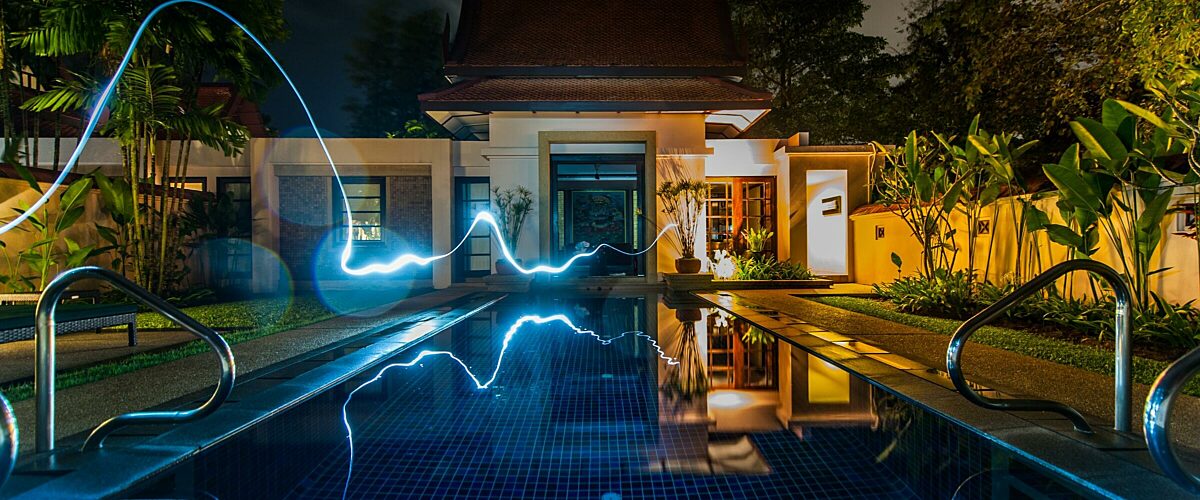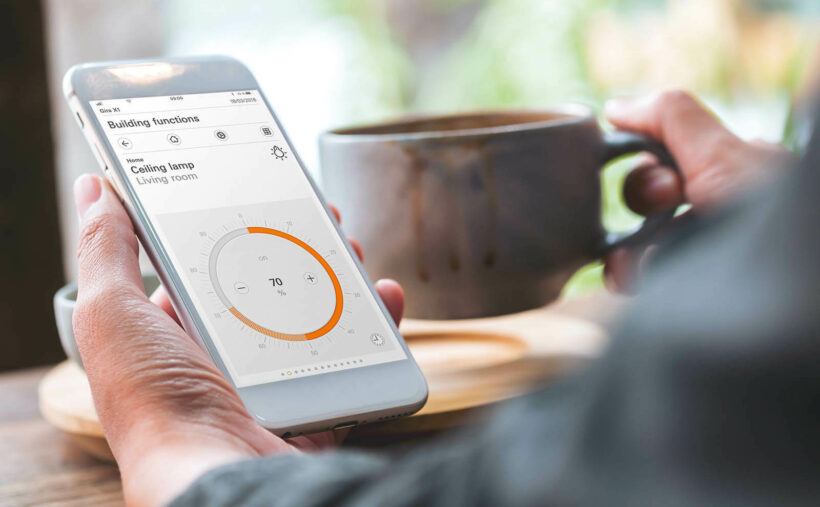
Open vs proprietary: choosing the right automation system for your smart home
The era of smart homes is well upon us, and there have never been more devices, manufacturers and solutions for us to choose from. But before even dwelling on this overflow of possibilities, the most important choice when starting or updating your smart home remains that of your operating system. To be more specific, the choice between an open system and a proprietary system.
What's the difference?
So what’s the big difference between an open system and a proprietary one, you ask? In a nutshell, a proprietary system, for example Loxone, is a system that integrates exclusively with devices and software from the company that manufactured the system, or a company that holds the licensed copyrights to it.
On the other side of the smart home spectrum stands the open system, for example KNX. An open, or non-proprietary, control system like KNX can be integrated with an array of devices and solutions from different manufacturers. Meaning any manufacturer, from anywhere in the world, can manufacture devices, hubs or software that can be operated with this system.

The benefits
There seem to be many preferring the open, inclusive nature of non-proprietary systems and the possibilities that come with them. None the less there are advocates for proprietary, closed systems. So, to not play favorites, let’s take a look at both systems’ advantages.
When choosing a proprietary system for your smart home, you opt for simplicity. The technician that initially sets up your automation system, is very likely to be your service technician for years to come. All of your devices are made by the same provider, so you’ll know where to go when you face any questions or need support. Chances are they'll be able to identify issues easier since they’re more familiar with the equipment. Not to say that in reality these advantages couldn’t be true for non-proprietary systems.
An open system is specifically designed for you to be able to integrate a range of devices from different manufacturers into your smart home. Meaning you can easily opt for devices from manufacturer A when you already have devices from manufacturer B installed in your home, without having to give in on functionality or compatibility. This also ensures that, when one manufacturer stops production, you won’t be left with a bunch of obsolete equipment. Instead you'll have a market filled with other manufacturers to choose from to replace your old devices.
The choice is yours, but…
When investing in your smart home, you want to make sure that it is as future-proof as can be. Hence why an open system is preferred by homeowners and automation professionals. A proprietary system doesn’t give you the same amount of freedom in choice of devices or equipment, or the system might not even be the right fit for your home. A closed system might also have limited upgrade options to expand along with your smart home needs, leading to you having to switch out your entire system and purchase an entirely new system, which is a costly affair.
It’s also no secret that more and more manufacturers are opening up their own technology and software in order to integrate with other devices and systems, creating even more possibilities to feed your future smart home needs.
KNX as an open system
If you’re in the marketing to start your own automation journey, you’re much better off investing in an open system. A great example of a non-proprietary system is KNX. KNX has over 8.000 devices that are interworking, with little to no competitors that do better. After the initial installation of the famous green KNX cable, you’ll be ready to equip your home with the latest devices from various manufacturers like Siemens, Gira, and Schneider Electric. Giving you all the right tools to create the smart home of your dreams, technology and design wise. Are you considering KNX as an automation system for your home, but don't where to start? Here you'll find more tips on how to start small with KNX.
So if you’re still on the edge between choosing an open or proprietary automation system, your best option is to opt for a smart home relying on an open system. Its future-proof nature can save you a lot of money in the long run, whilst its vast array of compatible devices, hubs and softwares offer you endless possibilities to create the ideal smart home.
We listed a few dilemmas to help you make smart choices.


